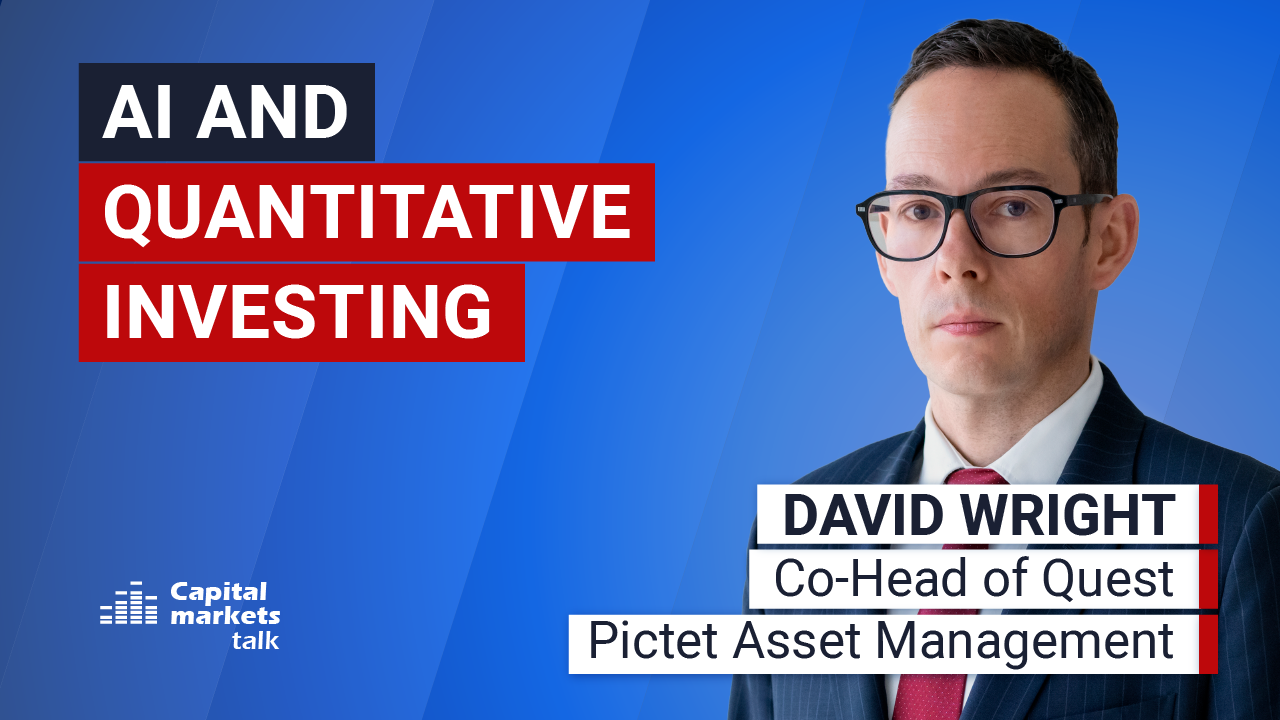Investors must adapt to the growing uncertainty surrounding delayed global climate transitions by incorporating dynamic scenario analysis tools. According to abrdn, annual updates to these tools are essential to account for evolving policies, technologies, and market conditions. This approach empowers investors to identify climate-related risks and opportunities more effectively, enhancing long-term decision-making.
Abrdn has developed a four-year climate scenario framework. The latest findings show that while climate policy ambitions increase, the implementation is delayed. Furthermore, they found that climate risk is both a sector-specific and stock-specific phenomenon. “But dispersion within sectors is the most pronounced feature, providing an opportunity for actively managed strategies to tilt portfolios towards
climate-transition winners and away from losers”, the report states.
Read the full paper here.
Read more

Global Trade
Trump ignites global trade war / Reactions
The USA itself will be the victim of Trump’s trade policy.

Private Debt
The case for private debt in real asset financing
What makes the combination of private debt and real assets particularly compelling in today’s market?

Schroders
Looking ahead: 30-year return forecasts
Higher returns are expected across asset classes, driven by stronger productivity growth for equities and elevated long-term central bank rate projections for bonds.

Quant Investing
AI and quantitative investing
Artificial intelligence applications go way beyond stock selection.

Bellevue Asset Management
Demographics and AI drive MedTech stocks
MedTech investment case: What makes it attractive, which trends stand out?





















